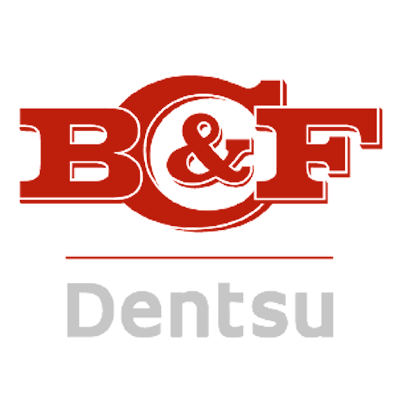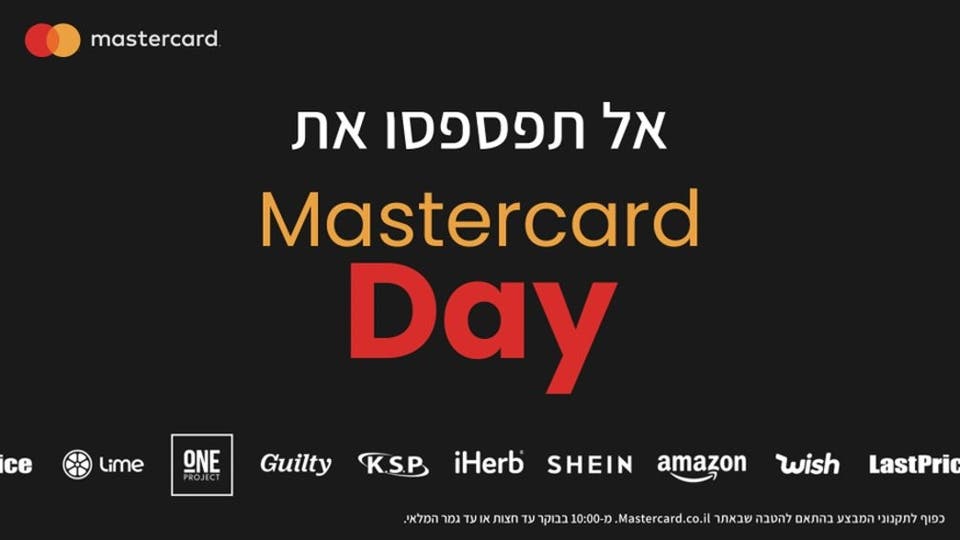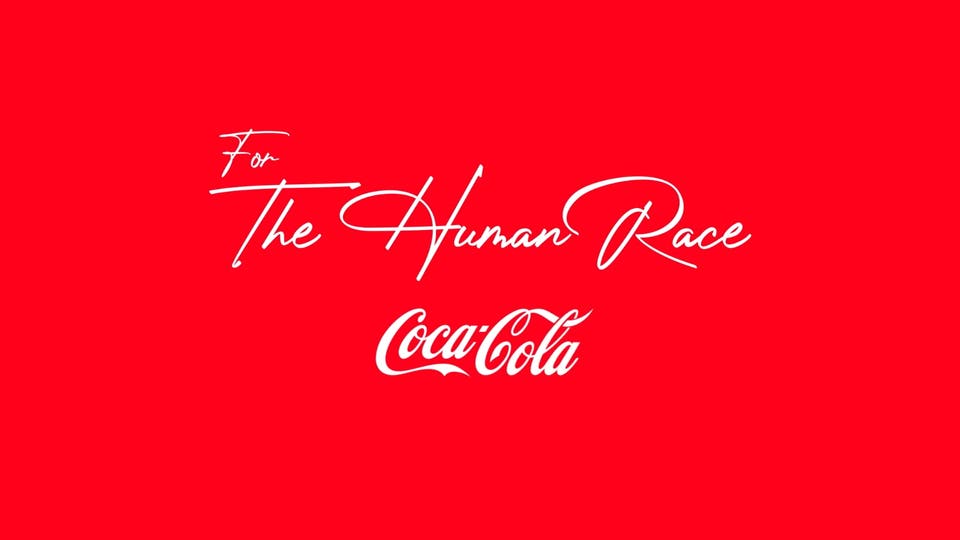

SDG3 target 3.4: By 2030, reduce by one third premature mortality from non-communicable diseases through prevention and treatment and promote mental health and well-being
Where: New Zealand
The challenge:
According to the Organisation for Economic Cooperation and Development (OECD), New Zealand loses 138 lives to heart disease per 100,000, which is 18 per cent higher than the OECD average.
But not everyone knows what a heart attack looks like - there are many misconceptions which can lead to heart attacks being unrecognised and misdiagnosed. The Heart Foundation wanted to find a way to inform New Zealanders of the subtle warning signs, and how they can act to save a life.
The execution:
The reality of a heart attack is very different from the sudden action, dramatic gasps and frantic clutching at your chest you might see in the movies. We worked with the Heart Foundation to develop a campaign to help people recognise what a heart attack really looks like.
We created a TV advert titled ‘The Heart Attack Ad’. The spot showed a series of ordinary people acting out what they thought a heart attack looked like, and challenged viewers to judge who gave the most realistic performance.
But it was a trick question. The people giving their impression were centre stage, performing the over-dramatised caricature of a heart attack. While in the background, on a bench left of the frame, a man demonstrates the real tell-tale signs of a cardiovascular attack. The reveal aimed to jolt people into awareness of what they should be looking for and how to deal with it.
The results:
St Johns Ambulance reported a 28% increase in calls relating to heart ailments, and awareness of the symptoms amongst the public increased by 54% following the campaign. But this campaign had a bigger impact than these numbers show. This campaign saved lives.
Just one example was Eddie Davies who before watching the ad had been dismissing chest pain for heartburn. It transpired that the 63 year old had been suffering small heart attacks all week before a major heart attack finally occurred. Davies said: "I was hot and clammy and the pain was like heartburn but it was a lot more severe. I knew it was a heart attack. All the symptoms fit with what I saw on the TV.”
He said had he not watched the advertisement, he would have taken an antacid and gone back to sleep. "I could've been dead. That ad saved my life”.
This campaign won the Gold Best Strategic Thinking, Gold Charity Not for Profit, Gold Limited Budget, and Gold Highly Commended in the Effies. But more than award-winning, it was a truly life changing campaign for many residents of New Zealand.

KIA Israel: Full-funnel digital approach
Tackling a shortage-shaken market with efficiency

Mastercard Israel:
Launch of Mastercard Day
Developing a new growth engine to counteract the effects of the global COVID-19 crisis and leveraging the Mastercard brand in Israel to new heights.

1st for Women: 16 Days of Light
Diversity and inclusion

Merdeka LHS: The Coca-Cola Company
For The Human Race
"For The Human Race" celebrates resilience and stubborn optimism by showcasing true stories of real people bringing hope to humanity during the COVID-19 crisis.
